Remote Procedure Call (RPC) is a powerful protocol that allows programs to communicate across a network as if they were on the same local system. It’s an essential tool in the world of distributed systems, enabling seamless communication between different software components. This blog post delves into what RPC is, its workings, types, benefits, and future trends.
RPC
RPC, which stands for Remote Procedure Call, is a protocol that one program can use to request a service from a program located on another computer in a network. It abstracts the complexities involved in the network communication, making it appear as though the function call is local. This abstraction simplifies the development of networked applications.
History and Evolution of RPC
The concept of RPC dates back to the 1980s when it was introduced as part of the Distributed Computing Environment (DCE). Over the years, RPC has evolved significantly, adapting to new technologies and networking protocols. From the early implementations in UNIX systems to modern-day applications using JSON-RPC and gRPC, the evolution of RPC has been driven by the need for efficient, reliable, and easy-to-use communication mechanisms in distributed systems.
How RPC Works
Basic Mechanism
The operation of RPC involves a client making a procedure call to a remote server. The client sends a request message to the server, which processes the request and sends back a response. This process is managed by stubs, which are proxy code in both the client and server that handle the communication.
- Client Stub: Converts the procedure call into a message format suitable for transmission over the network.
- Network Transport: Sends the message from the client to the server.
- Server Stub: Receives the message, unpacks the procedure call, and invokes the corresponding function on the server.
- Response: The server’s response follows the reverse path back to the client.
Client-Server Model
RPC operates based on a client-server model where the client initiates communication, and the server responds. This model is fundamental in distributed systems, allowing different software components to interact seamlessly regardless of their physical locations.
Synchronous vs. Asynchronous RPC
- Synchronous RPC: The client waits for the server to process the request and send back a response before continuing execution. This approach is straightforward but can lead to higher latency.
- Asynchronous RPC: The client continues its execution without waiting for the server’s response. The response is handled through callbacks or separate threads, resulting in lower latency but increased complexity in handling responses.
Types of RPC Protocols
JSON-RPC
JSON-RPC is a lightweight RPC protocol that uses JSON (JavaScript Object Notation) to encode messages. It is simple to implement and widely used in web applications. Its simplicity and ease of use make it ideal for applications that require quick and efficient communication.
XML-RPC
XML-RPC uses XML (eXtensible Markup Language) to encode its calls and HTTP as a transport mechanism. It is more verbose than JSON-RPC but offers greater flexibility and extensibility. XML-RPC is suitable for applications that need to exchange complex data structures.
SOAP
SOAP (Simple Object Access Protocol) is a protocol for exchanging structured information in web services, relying on XML for message format and other application layer protocols such as HTTP and SMTP for message negotiation and transmission. SOAP is highly extensible, offering various features like security and transaction handling, making it suitable for enterprise-level applications.
Popular RPC in Blockchain Development
Remote Procedure Call (RPC) plays a critical role in the realm of blockchain technology. It acts as the bridge that allows developers to interact with blockchain networks by sending commands and receiving responses. In this blog post, we will dive deep into popular RPC implementations across various blockchain platforms, exploring their features, setup processes, and applications.
1. Ethereum RPC
Ethereum RPC is essential for interacting with the Ethereum network. It provides a standardized set of methods that allow developers to query data, submit transactions, deploy smart contracts, and more. The versatility, scalability, and security of Ethereum RPC make it a cornerstone for developers building decentralized applications (DApps) on Ethereum.
How Ethereum RPC Works
Ethereum RPC follows a client-server model where the client sends a request and the server responds with the requested data or action. The communication usually happens via JSON-RPC over HTTP or WebSockets. This mechanism ensures efficient and secure interactions with the Ethereum blockchain.
Setting Up Ethereum RPC
To set up Ethereum RPC, you’ll need:
- An Ethereum node (e.g., Geth, Infura)
- JSON and HTTP protocols
- A development environment (e.g., Truffle, Hardhat)
Steps to configure:
- Create an account on an Ethereum node provider like Infura.
- Obtain your API key.
- Set up the node connection in your development environment.
- Test the connection by sending a basic JSON-RPC request.
For detailed setup instructions, refer to Ethereum RPC.
Applications and Use Cases
Ethereum RPC is widely used for:
- DApps: Facilitating seamless user interactions.
- Smart Contracts: Deploying and managing self-executing contracts.
- Decentralized Exchanges (DEXs): Enabling secure and transparent trading.
- Financial Services: Powering DeFi platforms and financial products.
2. Arbitrum RPC
Arbitrum is a Layer 2 scaling solution designed to enhance Ethereum’s performance. Arbitrum RPC provides the necessary tools to interact with this high-throughput, low-latency network, making it ideal for scalable DApps.
Key Features of Arbitrum RPC
- High Throughput: Handles a large number of transactions per second.
- Low Latency: Ensures quick response times.
- Compatibility: Works seamlessly with existing Ethereum tools and infrastructure.
Setting Up and Using Arbitrum RPC
To connect to Arbitrum nodes via RPC, follow these steps:
- Obtain the necessary endpoint information.
- Configure the RPC settings in your development environment.
- Test the connection with sample queries.
For detailed configurations, visit Arbitrum RPC.
Use Cases for Arbitrum RPC
Arbitrum RPC is well-suited for:
- Scalable DApps: Enhancing user experiences with faster transactions.
- DeFi Applications: Supporting financial products with high transaction volumes.
- Gaming Platforms: Providing a seamless, interactive experience for gamers.
Polygon RPC
Polygon, formerly known as Matic, is a multi-chain scaling solution that aims to provide faster and cheaper transactions compared to Ethereum’s mainnet.
Features of Polygon RPC
- Fast Transactions: Facilitates quick transaction processing.
- Cost-Effective: Reduces transaction fees significantly.
- Interoperability: Ensures seamless interaction with Ethereum.
Configuring Polygon RPC
To set up Polygon RPC:
- Sign up for a polygon node provider.
- Obtain your API key and endpoint.
- Configure these details in your project setup.
Detailed instructions can be found at Polygon RPC.
Applications Leveraging Polygon RPC
Polygon RPC powers various applications, including:
- DeFi: Platforms offering lending, borrowing, and trading services.
- NFTs: Marketplaces and platforms for creating and trading non-fungible tokens.
- Cross-Chain Projects: Facilitating seamless interactions between different blockchain networks.
4. Base RPC
Base Network is another blockchain solution aimed at providing enhanced performance and reliability for enterprise-grade applications.
Role and Features of Base RPC
- Enhanced Performance: Ensures efficient transaction processing.
- Reliability: Offers robust and consistent network interactions.
Setting Up Base RPC
To set up Base RPC:
- Obtain the endpoint details from the network provider.
- Configure the RPC settings in your application.
- Validate the connection with test queries.
For more information on setup, refer to Base RPC.
Popular Applications Using Base RPC
Base RPC is used in:
- Decentralized Applications: Providing reliable interactions for users.
- Asset Management: Supporting secure and efficient asset transactions.
5. Solana RPC
Solana is known for its high-performance blockchain architecture, capable of handling thousands of transactions per second.
Key Characteristics of Solana RPC
- High Speed: Processes transactions at lightning speed.
- Low Cost: Keeps transaction fees minimal.
- Efficiency: Optimizes resource usage for better performance.
Setting Up Solana RPC
To set up Solana RPC:
- Sign up with a Solana node provider.
- Obtain the necessary API key and endpoints.
- Integrate these details into your development environment.
Setup instructions can be accessed at Solana RPC.
Use Cases of Solana RPC
Solana RPC is ideal for:
- DeFi: Supporting high-frequency trading and financial applications.
- NFTs: Facilitating the creation and trading of digital collectibles.
- High-Frequency Trading Platforms: Providing the necessary speed and efficiency for trading algorithms.
Benefits of Using RPC
- Simplicity: RPC abstracts the complexity of network communications, making it easier to develop distributed applications.
- Efficiency: By enabling direct function calls to remote services, RPC reduces the overhead associated with other communication methods.
- Flexibility: RPC supports various encoding formats and transport protocols, making it adaptable to different use cases.
- Interoperability: RPC protocols like SOAP are designed to work across different platforms and technologies, facilitating seamless integration in heterogeneous environments.
Conclusion
RPC is a versatile and powerful protocol that plays a critical role in distributed systems. It simplifies the process of remote communication, supports multiple protocols, and offers significant benefits in terms of efficiency and interoperability.
As technology evolves, we can expect further advancements in RPC protocols, particularly in areas like security, efficiency, and scalability. The rise of microservices and serverless architectures will continue to drive innovation in RPC, making it an indispensable tool for modern developers.
FAQ Section
What does RPC stand for?
RPC stands for Remote Procedure Call, a protocol that allows a program to execute a procedure on a remote server as if it were a local call.
How does RPC differ from RESTful APIs?
While both RPC and RESTful APIs facilitate communication between systems, RPC focuses on executing procedures remotely, whereas REST emphasizes resources and uses standard HTTP methods (GET, POST, PUT, DELETE) for operations.
What are some common applications of RPC?
RPC is commonly used in areas such as distributed computing, microservices architectures, and real-time communication systems.
What security measures should be taken when using RPC?
To ensure secure RPC communication, developers should implement authentication, encryption, and proper validation of input data to protect against potential threats.
How does synchronous RPC differ from asynchronous RPC?
Synchronous RPC requires the client to wait for the server’s response before continuing execution, while asynchronous RPC allows the client to proceed without waiting, handling the response later through callbacks or separate threads.
Can you give an example of an RPC protocol?
An example of an RPC protocol is JSON-RPC, which uses JSON for encoding messages and HTTP for transport. It is widely used in web applications due to its simplicity and efficiency.

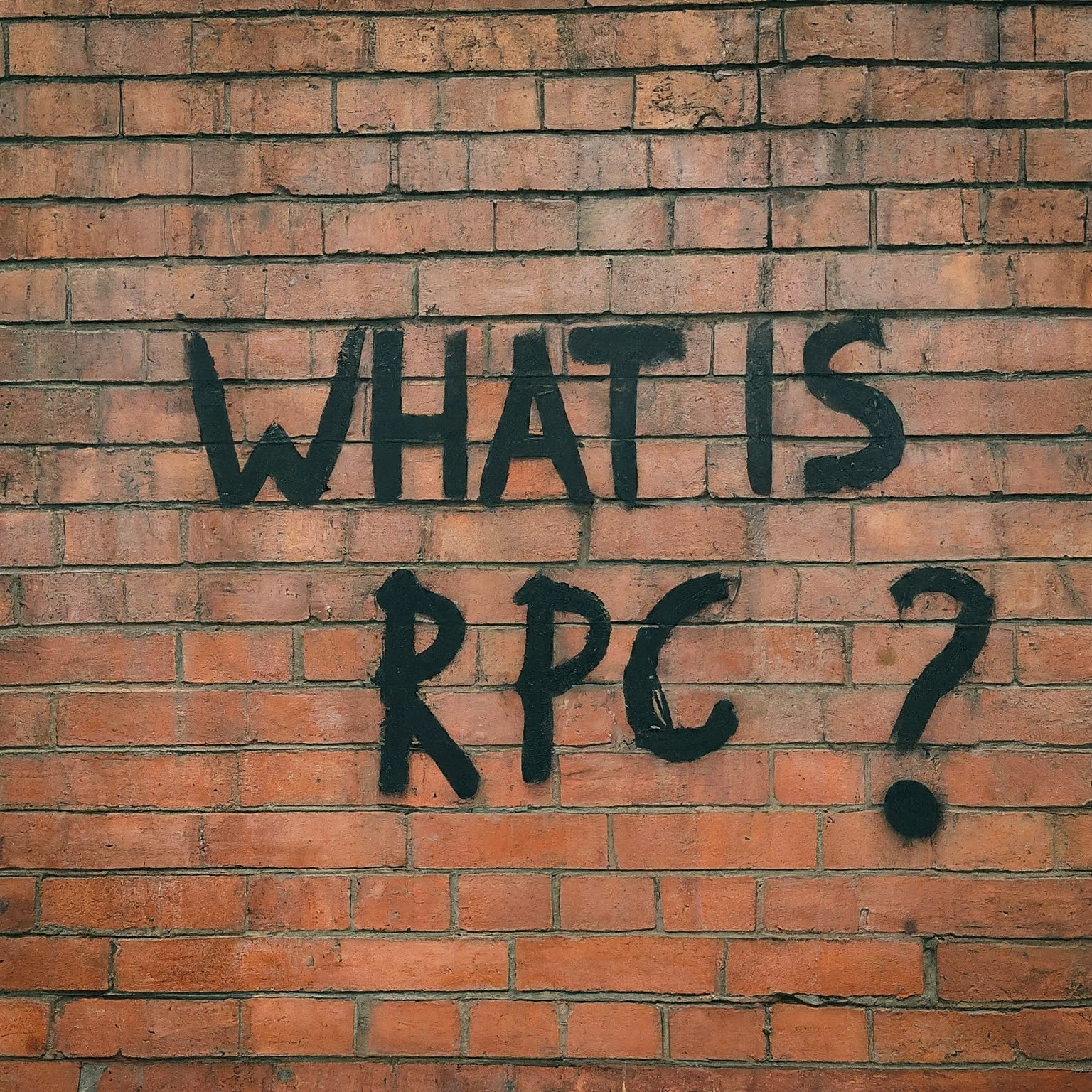

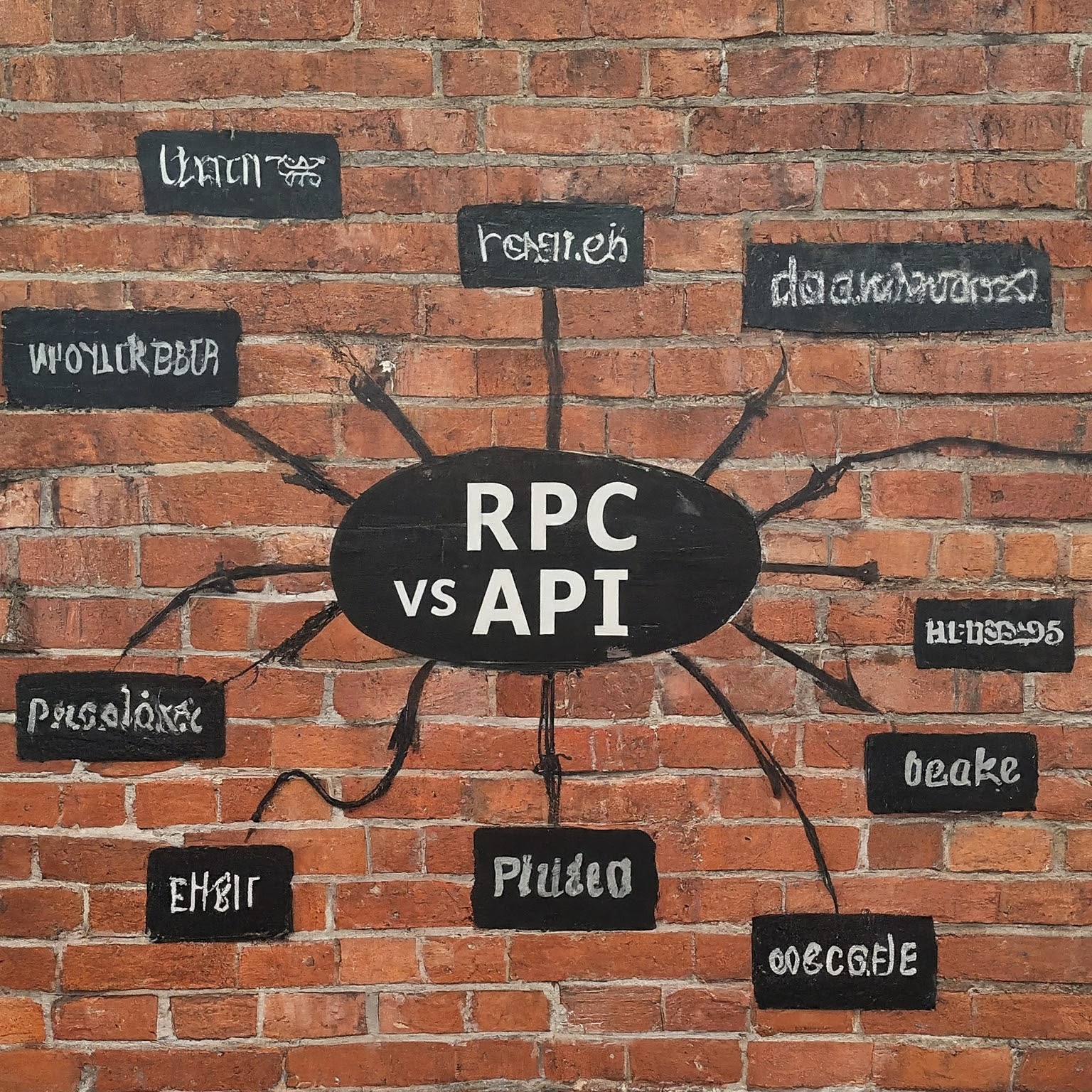


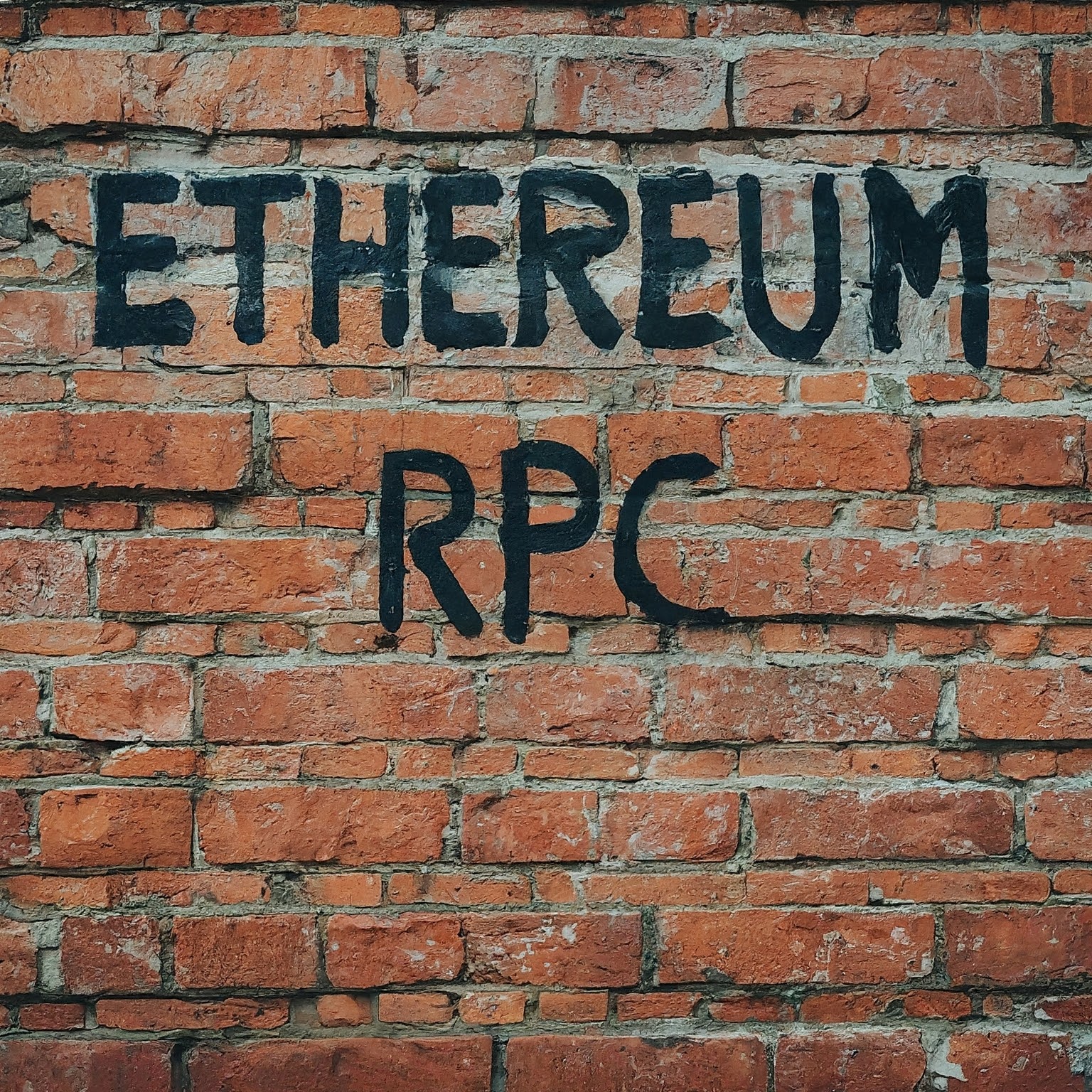

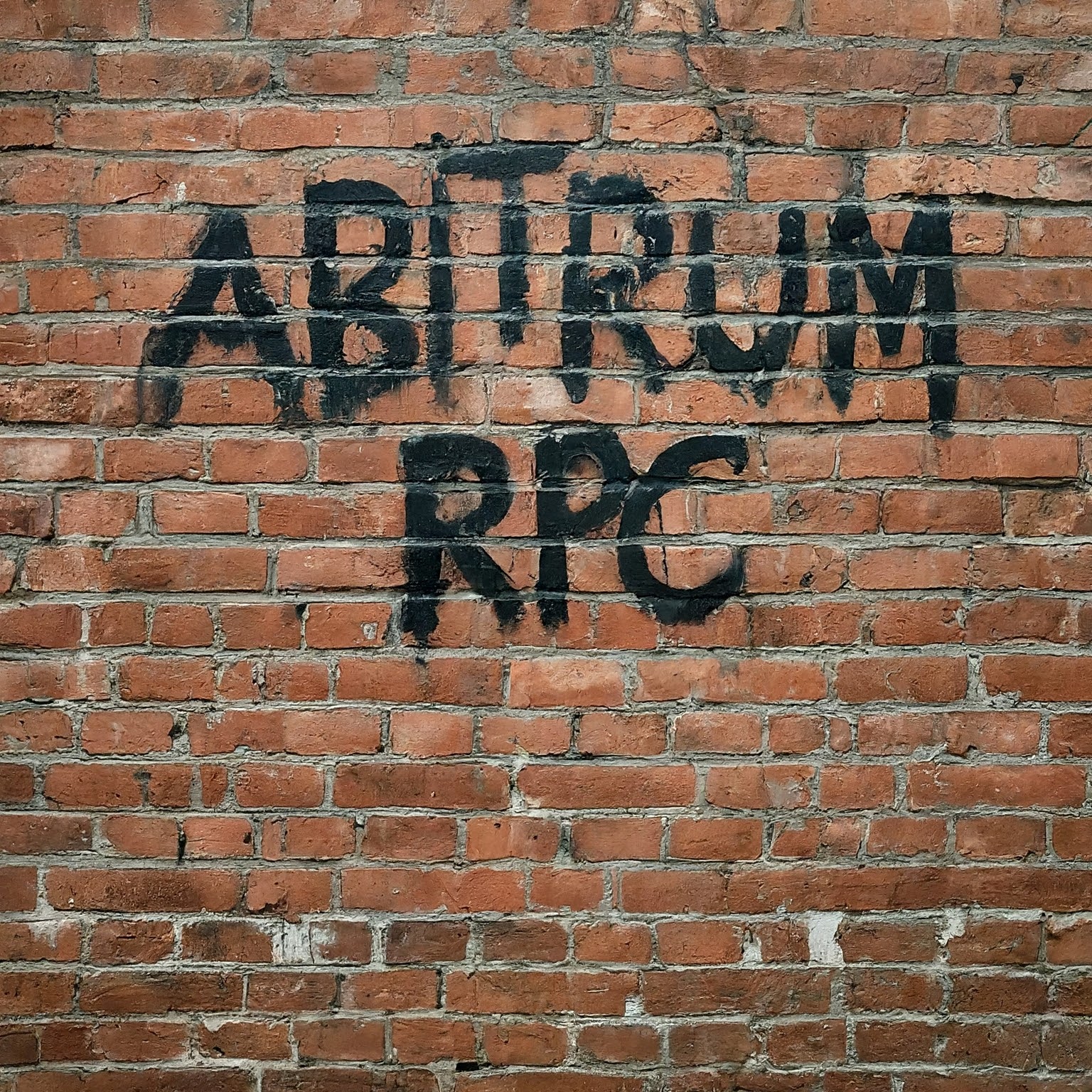

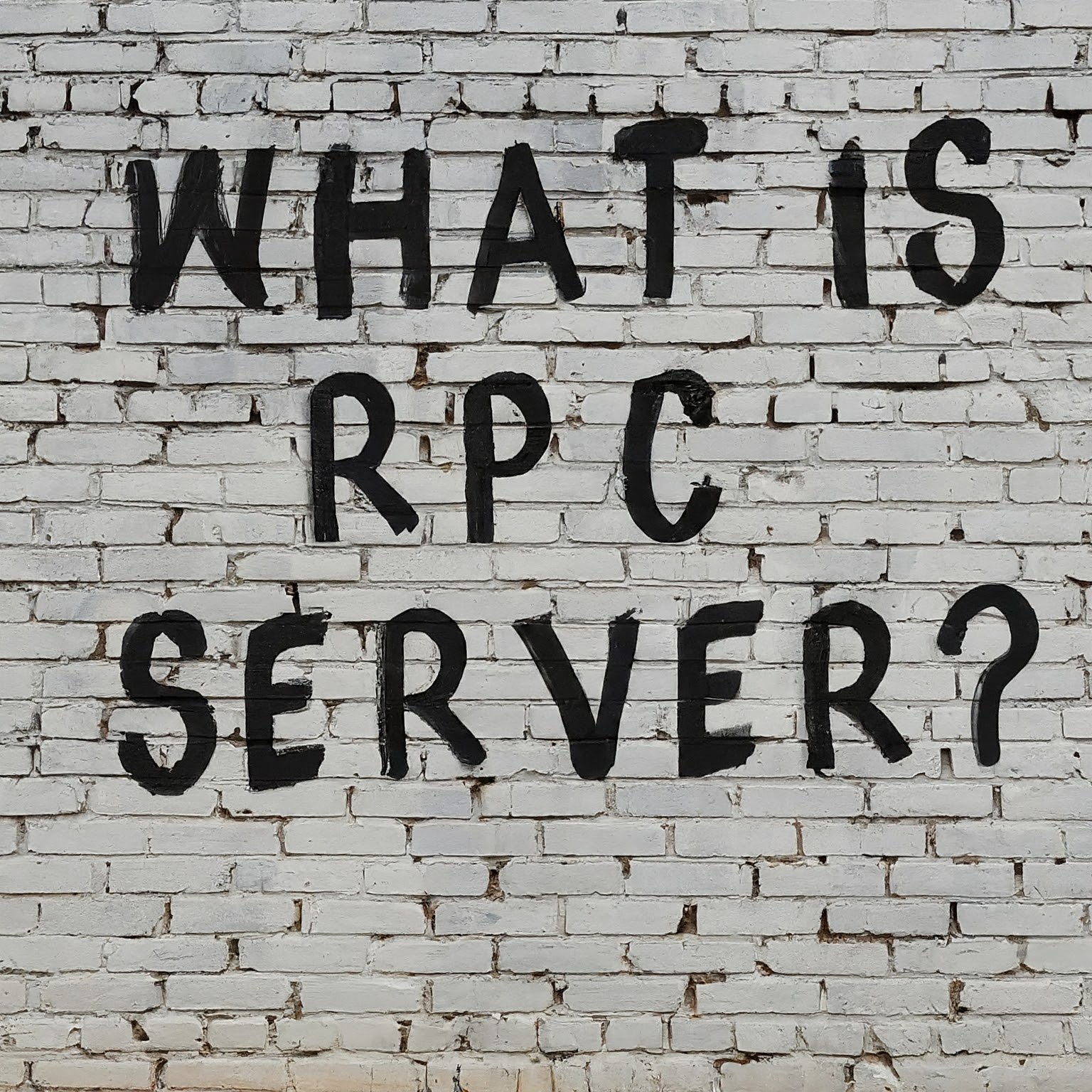

Leave a Reply
You must be logged in to post a comment.